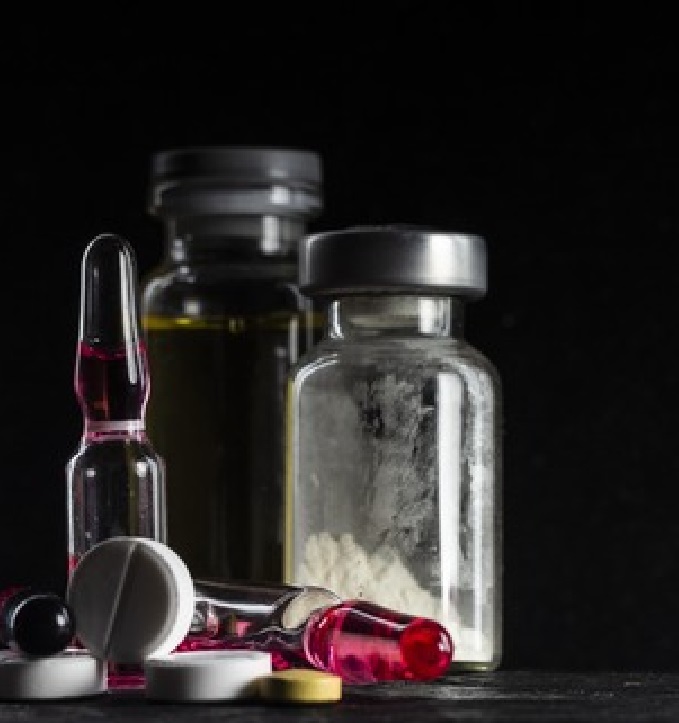Our greatest glory is not in never failing, but in rising up every time we fail.
Ralph Waldo Emerson


Beginning in the late 1990s, the consumption of prescription opioids used to treat pain increased in many countries worldwide. Since that time, the United States has outpaced every other country in per capita opioid consumption.
A third of all overdoses involve prescription pain relivers. 33% of teenagers prescribed opioids abuse them after high school.
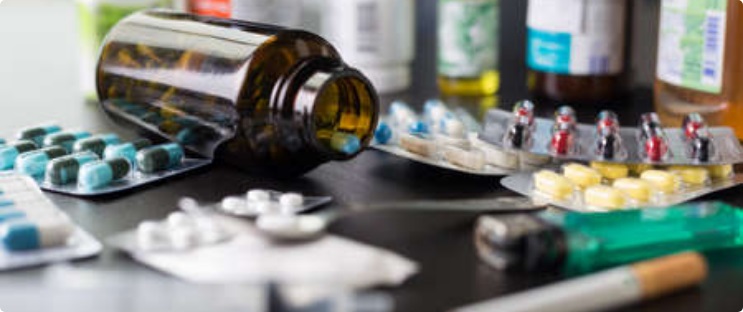
Prescription pain relievers, often called “opioids,” are made in a laboratory to lessen the sensations of pain, slow breathing, and cause a dream-like state. The main ingredient is derived from a plant called the opium poppy, which has been used for medicinal purposes for about 5,000 years.
Opioids are a class of prescription medicines generally used to relieve pain by reducing the intensity of pain signals reaching the brain, creating a sense of well-being by reducing tension, anxiety, and aggression.
Some preparations are so potent that a single dose can be lethal. They can cause paralysis or death. Mixing prescription opioids with other substances also increases the risk of overdose. An opioid overdose can be identified by a combination of three signs and symptoms referred to as the “opioid overdose triad.” The symptoms are:
Just because someone is using a prescription opioid legally with a doctor’s approval, say for a broken leg or surgery recovery, this does not make them immune to addiction. By no fault of their own, their life can become, well, not their own anymore. If someone were to begin realizing symptoms of dependence, they should talk to their doctor immediately to set up a plan to safely wean off the drugs before things get out of hand. You can help your friend or family member realize those signs and get them back to the doctor to figure out a better plan for their pain management.
Long Term Effects
Short Term Effects
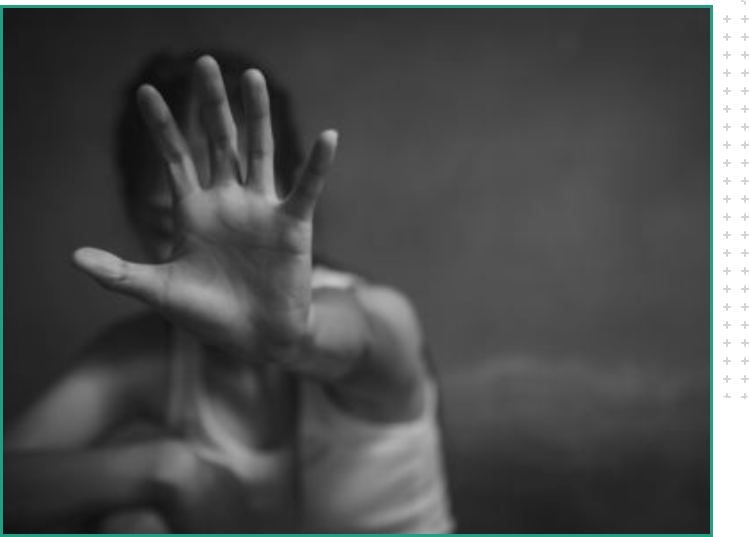
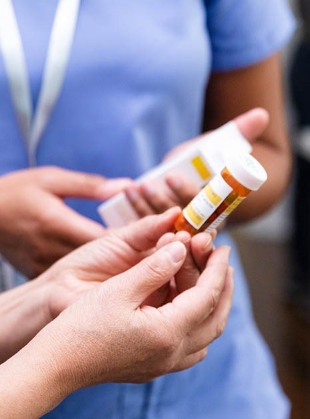




Long Term Effects
Short Term Effects
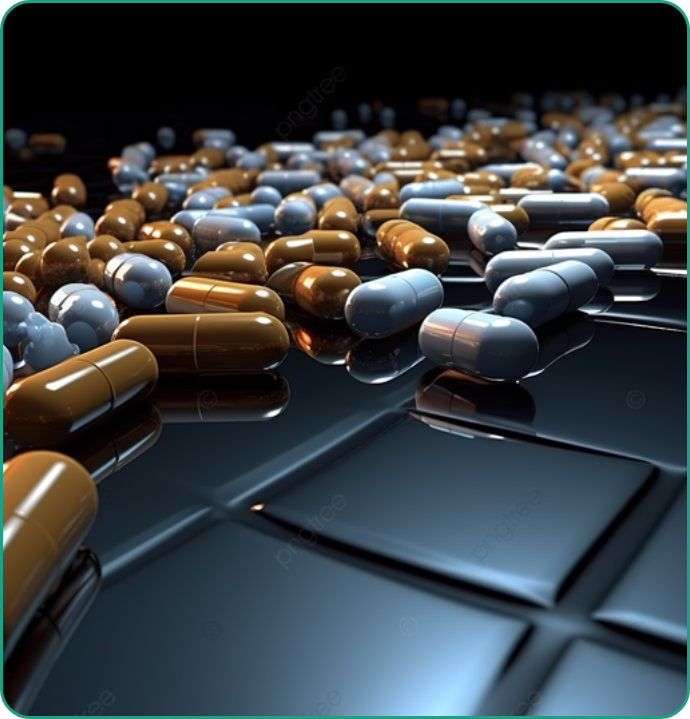
Opioids are controlled substances that vary from Schedule I to Schedule V, depending on their medical usefulness, abuse potential, safety, and drug dependence profile. Schedule I drugs, like heroin, have no medical use in the U.S. and are illegal to distribute, purchase, or use outside of medical research. Schedule V drugs, such as the cough suppressant Robitussin A-C, have a lower potential for misuse and are pharmaceutical preparations containing limited quantities of narcotics.
Don’t be fooled by the medical nature of prescription or over-the-counter opioids, even legal drugs can get you into a lot of trouble. The following instances are illegal, even with legal drugs:
Possessing or consuming a prescription drug without a lawful prescription
Obtaining prescription drugs by fraud or doctor “shopping” (going to multiple doctors to obtain multiple prescriptions)
Forging a prescription
Selling prescription drugs, whether the original prescription is yours or not
Even driving under the influence of prescription drugs can be a punishable offense.
